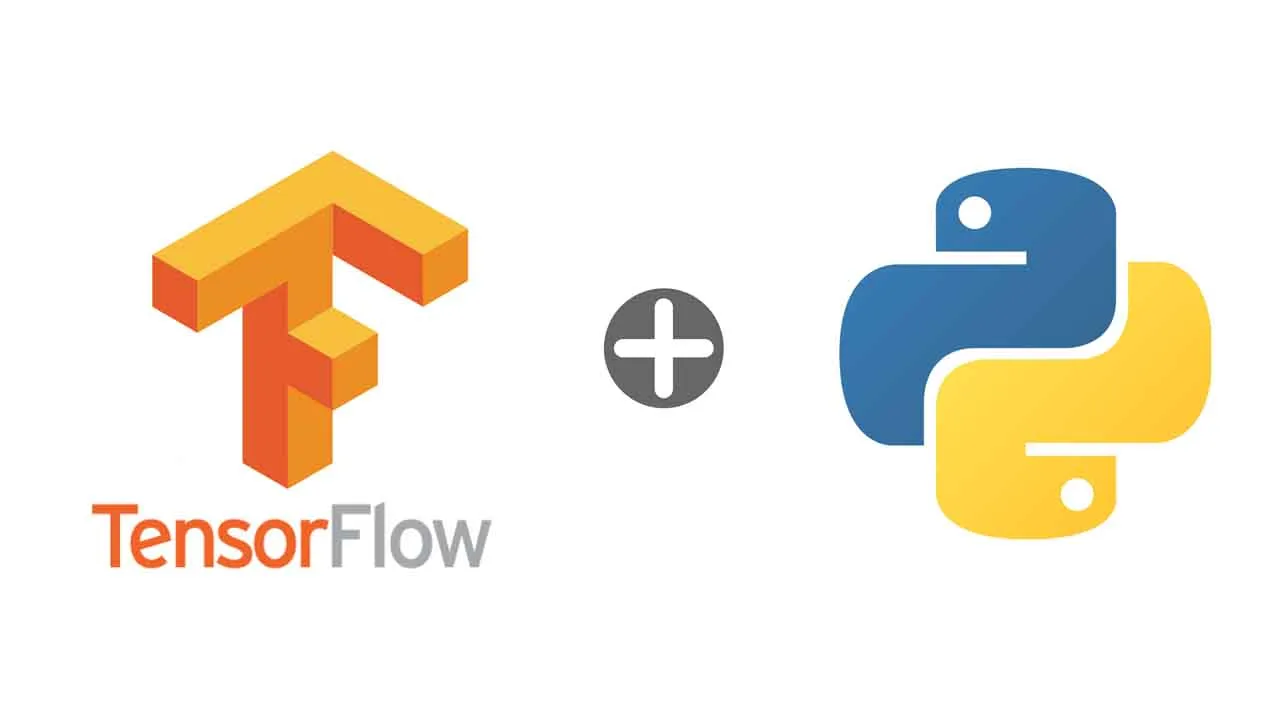You might not always know it, but Deep Learning is everywhere. Thanks to an advance in resources, both computationally and data-wise, the past years have seen an explosion in applications based on this Machine Learning technique. In this article, we introduce you to TensorFlow, Google‘s popular Deep Learning framework.
Some knowledge of Python and the basics of Machine Learning will help to understand the examples. If you feel that your Python foundations are still a bit shaky, you might want to check out our Introduction to Programming. Are you ready? Let‘s get started.
What Is Deep Learning?
Deep Learning is a type of Machine Learning. The models in this field are conceptualized as graphs that consist of interconnected layers. Most of these layers are “hidden,” meaning that we cannot directly observe their in- and output.
In such a graph, information is transported and transformed by mimicking the neuronal processes in the brain. It is for this reason that these deep models are referred to as artificial neural networks.
#tensorflow #tensors #python #good-company
